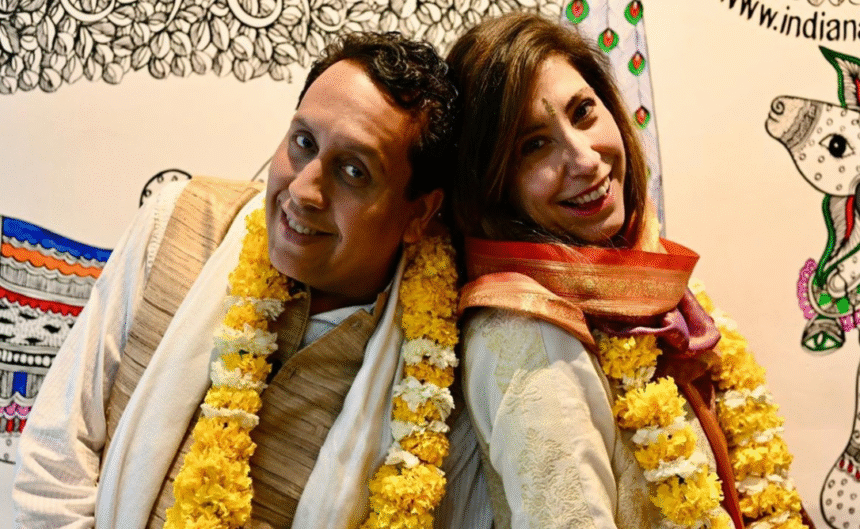On the same day that millions celebrated the festival dedicated to Ganesha in India, singer Zen Moraes and multi-instrumentalist Marcos Mohan released the single “Ganesha Sharanam Mantra Dance,” now available on digital platforms. The track, accompanied by a music video shot in São Paulo and India, marks the beginning of the Mantra Bossa Lounge project, which combines spiritual tradition and contemporary sounds in a fusion of ancient mantras and influences from Brazilian popular music.
Your release coincides with the Ganesha festival, a very special day in India. What was it like for you to prepare this meeting of spirituality and music on this symbolic date?
We deliberately chose to release it on that day. In fact, the song “Ganesha” was the first we recorded in the studio, precisely because of the importance we place on the Ganesha ritual, as he is always the first to be invoked.
The “Mantra Bossa Lounge” project combines ancient mantras with elements of modern Brazilian music. At what point did you feel that this fusion could truly create something unique?
We received a very positive response when we performed these songs live in India. The audience was quite international, coming from various continents. Brazilian music, with our style of singing and playing, is very appealing and is associated with Brazil’s reputation as a country with a vibrant culture, with joyful and warm people. Since the study of Yoga and mantra chanting in India are very strong and attract people from all over the world, we understood that uniting these two worlds would be, first and foremost, a pleasure for us and, at the same time, something well received by the audience.
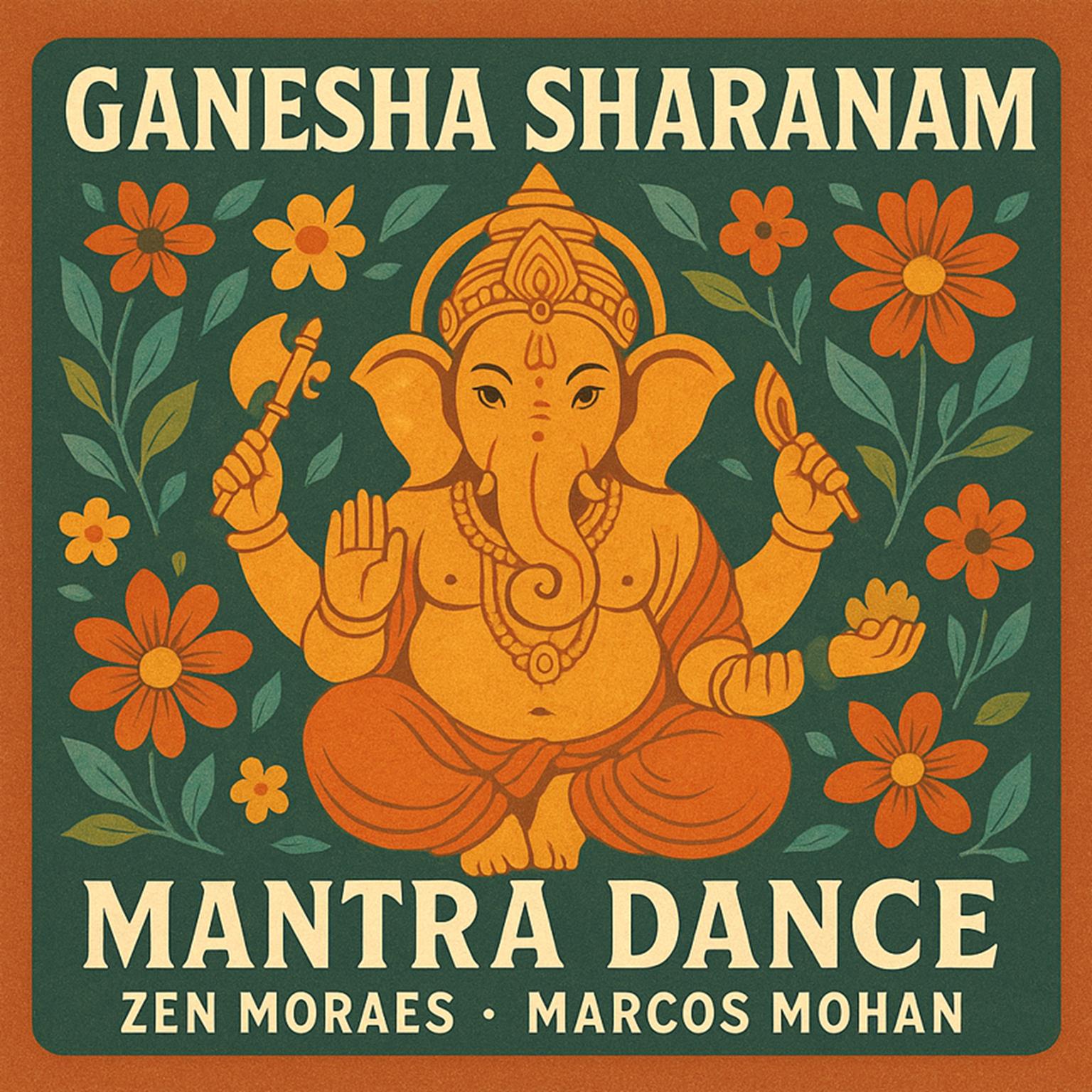
You’ve presented this work in both Brazil and India. What struck you most about the different audience reactions in each country?
In Brazil, we usually perform at yoga retreats and study and practice centers, where the audience is guided, everyone sings along, and gets into the swing of things. In India, in addition to performing at some ashrams, we also sing outdoors, sitting by the Ganges River. It was special to see how people from all walks of life gathered around us and enjoyed the music. Indians love asking for autographs and taking selfies, which was very rewarding.
The music video features scenes from India, such as the Ganges River, and also features dancers from a social project. What was the personal impact of experiencing and recording these experiences and then sharing them in the song?
Dancers are my favorite! Whenever I go to South India, I connect with them, and having them in the music video is a true honor. I know how difficult it is for them to dedicate themselves to dance, as the community they come from faces many financial constraints. For them, dance is a way to restore their dignity, and they dedicate themselves body and soul to it. Part of the purpose of this musical work is also to showcase India to the world. Recording there was a way to express our admiration for the country and the spirituality so present in its tradition, with which we deeply identify.
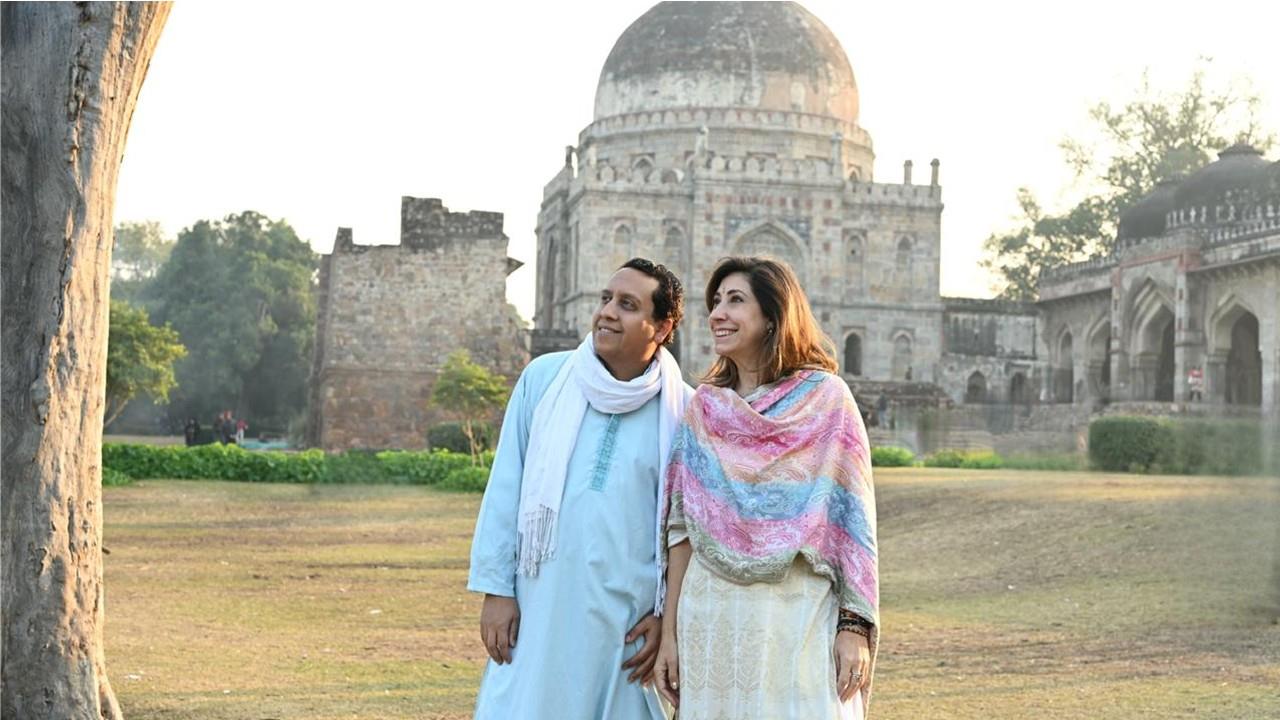
Your sound combines acoustic guitar, Brazilian percussion, and traditional Indian instruments like the sarod and harmonium. What was the process of balancing these two musical languages like in the studio?
I think it’s wonderful that we have music production tools today that allow us to unite different sonic universes. Our inspiration goes back much further, to when we heard recordings of Ravi Shankar and George Harrison playing together in the 1970s. In Delhi, we bought our Indian instruments from the same luthier who made theirs. This alone is a beautiful story of family tradition, musical lineage, and reverence for the sound and artists of Indian classical music. One day, in the presence of several pandits, masters of Indian music, we played “The Girl from Ipanema” and “Wave” by Tom Jobim on the guitar. It was moving to feel the respect and affection they showed us. This shows that good music has no borders and belongs to the world. Putting all this into practice in the studio to create this album was a process of applying our musicality combined with our experiences.
You mention that music can be enjoyed both during meditation practices and in everyday situations, such as a car trip. What feelings or states do you hope to evoke in people when they listen to this work?
First, we want to awaken a state of joy. And, because it’s a mantra, which is also a prayer, our intention is to bring lightness and a heightened connection with spirituality, regardless of religion. I believe that all prayers and good intentions are very valid and necessary today. Regardless of the language or the particularities of each spiritual tradition: at the center of every being, the Divine aspect is the same.
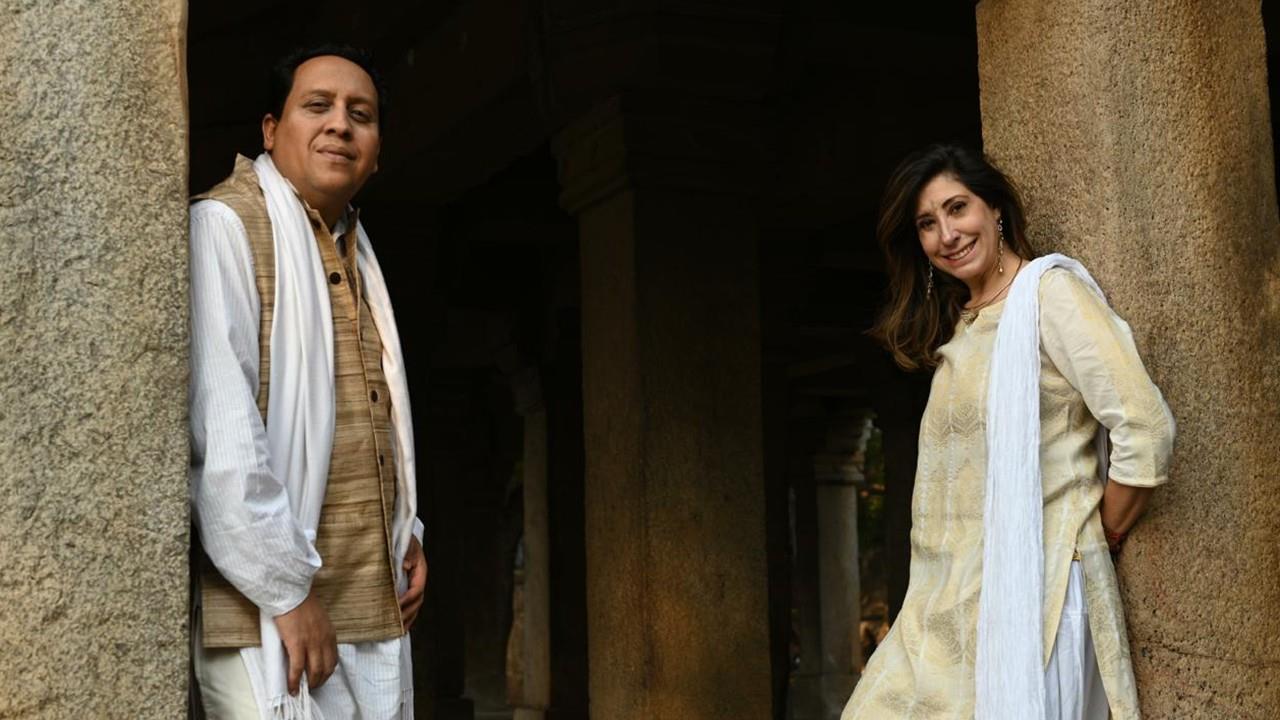
The project honors deities from different traditions, from Ganesha to Jesus Christ. What does this spiritual plurality represent for you as artists and as individuals?
I see God in many names and forms. Each culture has its own language, traditions, and ways of approaching the Divine. Singing these sacred names is, for us, a deeply spiritual act. Uniting our passion for music with a higher purpose has always been our goal.
If music has no borders, as you yourselves say, what is your biggest dream with this work in terms of reaching and connecting with audiences around the world?
Our greatest wish is that this song is shared, that many people sing the mantras and that the power of these prayers is amplified throughout the world.
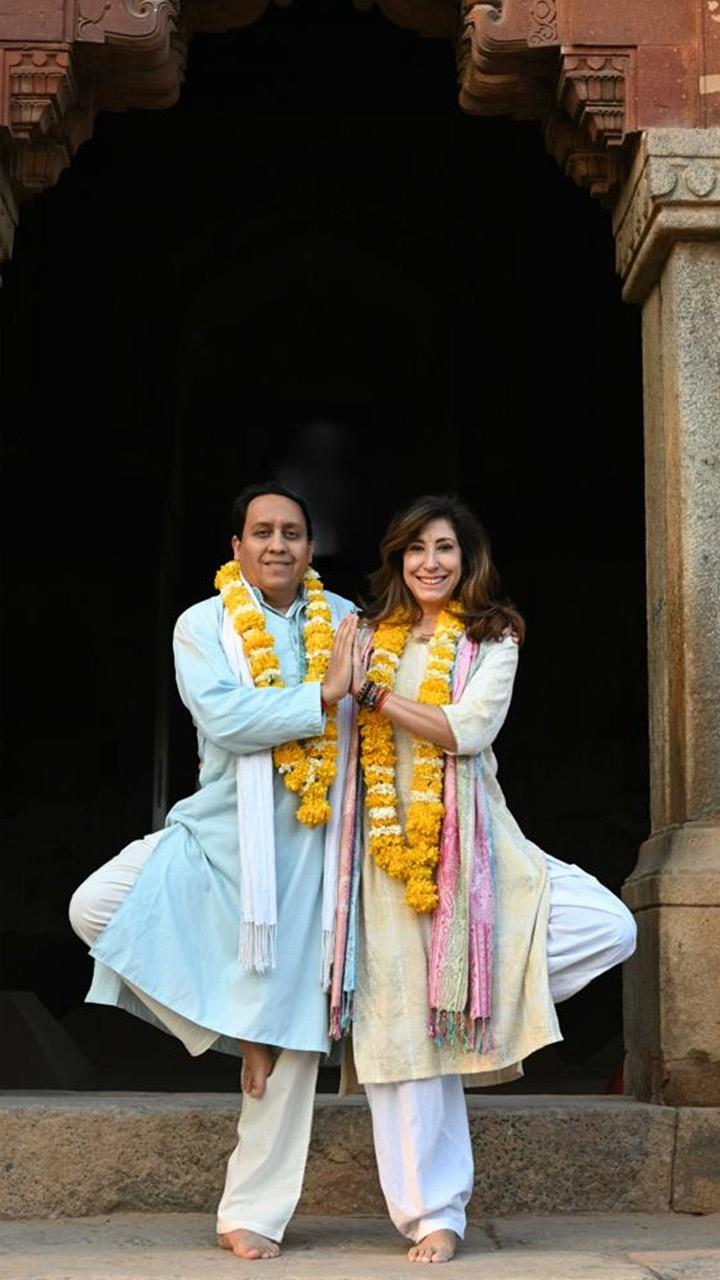
Follow Zen Moraes on Instagram

